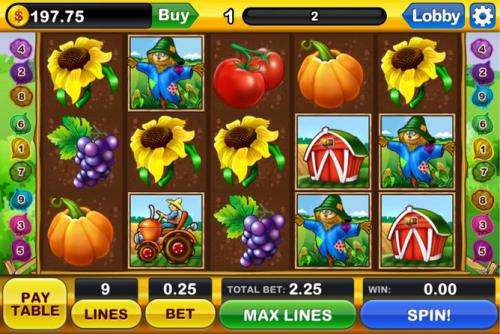Australia: Why tax reform can help reduce problem gambling

Gambling provides Australian state governments with an average of 7.3% of their own taxes, about $5147 million, according to ABS data for 2010-11.
Victoria (10.8%) and New South Wales (8.6%) earn above average from gambling taxes. Poker machine taxes comprise most of this (respectively 61% and 64%). This is not because pokie taxes are draconian in their incidence. Rather, there are a lot of poker machines making a lot of money.
In Victoria in 2010-11, pub and club pokies generated net gambling revenue (NGR) of $2.7 billion. These machines provided just over $1 billion in tax, an average tax rate of 37.8%. In NSW, pokie NGR was $5 billion, with tax revenue of $1.1 billion, an average tax rate of 22.7%.
Australia's gambling problems are overwhelmingly associated with poker machines, which account for over $10 billion p.a., or 55% of total NGR. Of that, about 40% comes from problem gamblers, and another 20% from "at-risk" gamblers.
Gambling revenue thus largely depends on problem gamblers.
The Productivity Commission made two major pokie-focussed recommendations about reducing gambling harm: the introduction of a mandatory pre-commitment system, and the reduction of maximum bets on poker machines to $1 per spin, reducing average losses to $120 per hour from the $1,200 currently averaged with $10 bets. These reforms have a reasonable evidence base (particularly the $1 bet) as the Productivity Commission demonstrated.
Either measure would reduce NGR. The question is: by how much? There has been some research into the effect of imposing a lower bet limit on Australian pokie venues. A 2001 study funded by the NSW poker machine industry estimated the loss at up to 39%. However, the basis for this estimate was that those betting over $1 per spin would suddenly stop using pokies, which is hardly credible.
A Tasmanian Parliamentary committee inquired in 2010 into a bill to impose a $1 bet. Tasmanian Treasury modelling using actual data estimated that the revenue impact would be around 20% on pokies in pubs and about 10% on club pokies. Data indicated that 82% or more of pokie bets were below $1, consistent with Productivity Commission estimates. Problem gamblers are much more likely than 'recreational' users to bet over $1, so the measure is well targeted. The Treasury model assumed that bets above $1 would be converted to lesser amounts.
My colleagues and I have adapted the Tasmanian approach to estimate the impact of $1 bets on Victorian NGR. Our adaptation involved dividing venues into low intensity and high-intensity segments, based on whether the NGR per pokie at a venue was above or below the median level of NGR ($83,000 pa). We applied a loss factor of 10% to low-intensity venues, and 20% to high-intensity venues.
About three-quarters of club venues fall into the lower intensity segment, as do about one quarter of hotels.
Our estimate is that the effect of a $1 maximum bet would be an 18% reduction in NGR in Victorian clubs and pubs, from $2.7 billion to $2.2 billion. This would translate into a tax revenue reduction of $235 million.
Former Australian Prime Minister Paul Keating once remarked: "never get between a premier and a bucket of money". This principle suggests that effective reform will be resisted by Treasuries, wary of losing so much revenue.
Funding harm minimisation is important. It will require state governments to devise new gambling tax arrangements if they want to offset revenue losses. The tragedy is that Victoria recently had an opportunity to do just this – and failed.
From September 2012, the 20-year duopoly controlling Victoria's pokies ended. Over that period, the duopoly extracted a chunk of the revenue, leaving pubs with 33.3% and pubs with 25% after paying gambling tax. When this ended, pokie entitlements were auctioned to venues, which now operate their own machines.
The auction process was a shambles, managing, in the view of the Auditor-General, to raise about $1 billion instead of the $4 billion the entitlements were reasonably worth.
New gambling tax rates are a bonanza to venues. Pubs now retain, on average, 59.1% of NGR, and clubs 76.6%. This represents an increase of over 130%. State tax revenue didn't increase.
These windfall gains more than offset any increased operating costs.
The changeover provided the chance for government to maintain tax revenue, while implementing effective harm minimisation. The revenue pie might shrink, but would only have to be divided two ways, ensuring that neither of the remaining parties would lose. Victoria, as it has in the past, would have been a world leader in public health reform.
That didn't happen. The lesson is that governments concerned about both maintaining state revenue and limiting harm need to carefully consider gambling tax reform as an integral element of any gambling harm minimisation package—and not to miss golden opportunities to improve the health and wellbeing of their citizens.
Source: The Conversation

















